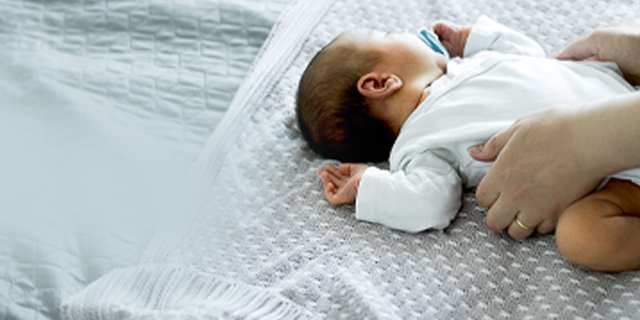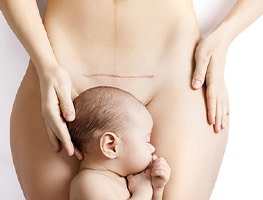Advances in medical science have enabled younger and smaller babies to survive, which has created the need for preemie diapers that are specially designed to meet their unique needs. Now, regular nappies are just not designed for the size and shape of a preemie and they can't give a preemie proper positioning for optimal development, especially for those young hips and joints. Preemie baby-specific nappies like Huggies® Little Snugglers are designed to minimise disruption, helping with sleep, positioning, and medical care for premature infants. Huggies® Little Snugglers feature a contoured narrow core to help with developmentally optimal hip positioning. Other diapers have a wide core that can push a preemie baby’s legs apart and do not allow your baby's hips and legs to rest comfortably, which disrupts healthy growth and development.
Our Huggies® Little Snugglers Nappies for Premature babies ensure that your baby is surrounded in protection from the very first moment. These nappies are designed specially for babies weighing less than 1.5kg and can be used up to 3kg, offering your little one’s delicate and fragile skin our most gentle protection.
Changing your baby's premature nappy is a great way to be involved in their care in the neonatal unit. It's also great to get experience... there are going to be many, many more changes!
Being involved in caring for your baby can help you to bond, feel more confident as a parent, and can lead to better long-term outcomes for your baby’s development.
You and your family can be involved in caring for your baby in the neonatal unit and you should be supported by healthcare professionals to do this. This is called family-centred care.
Tips for nappy changing on a neonatal unit:
• Before you begin, make sure you have everything you need to hand, so you won’t need to break contact.
• Approach your baby quietly, speaking softly
• Keep lighting, noise and activity levels low
• Take time and respond to your baby’s signals
• If your baby sends out distress cues, take small pauses to help keep them calm
• Try your best to avoid lifting your baby by the legs. Instead, hold their feet sole-to-sole and gently flex their legs towards their body
• Stay close to your baby for up to 20 minutes after a nappy change to give continued support




















